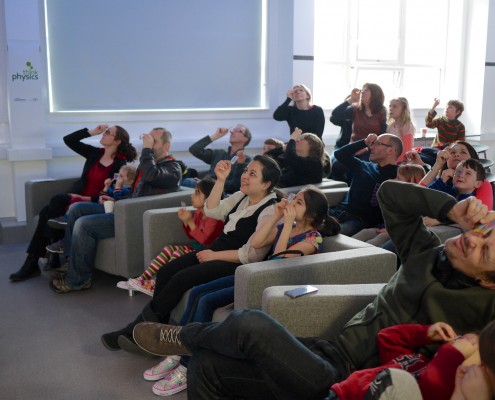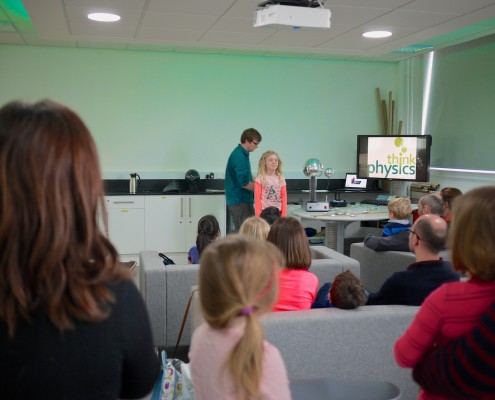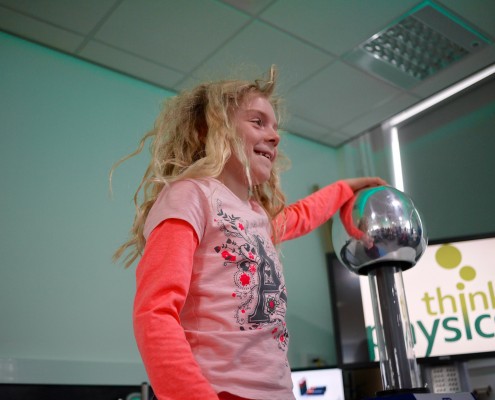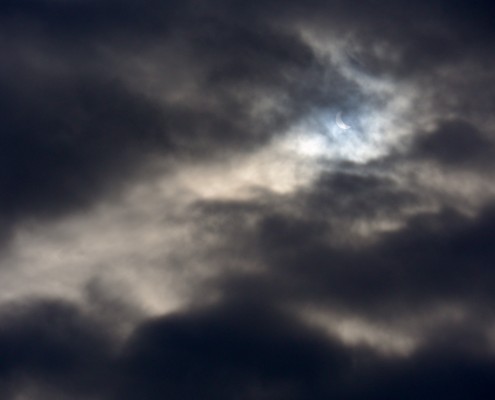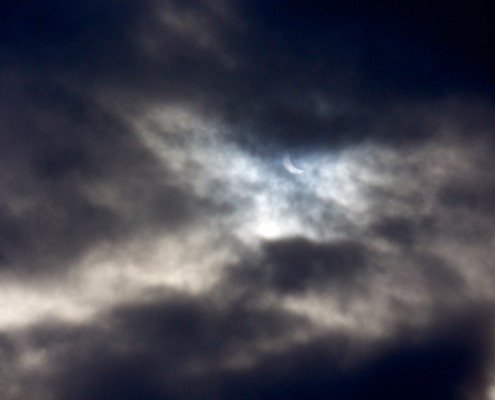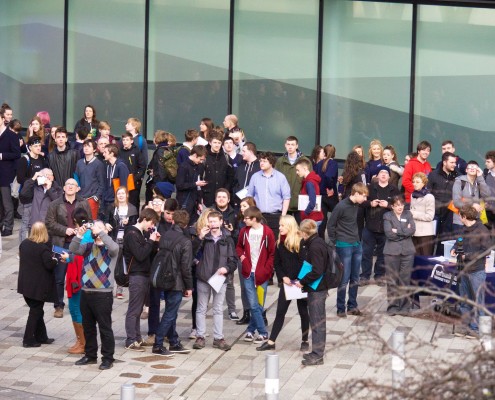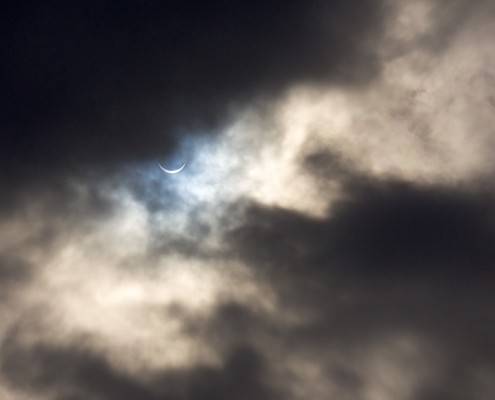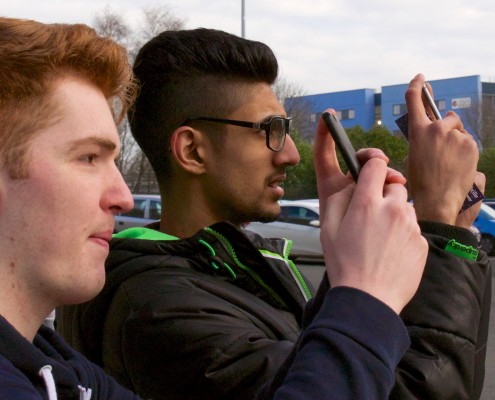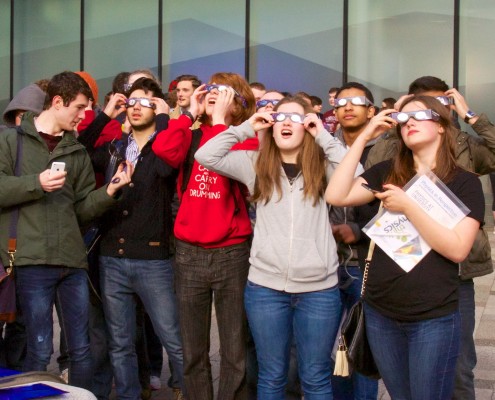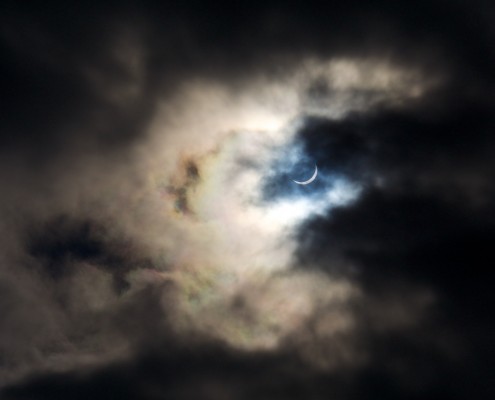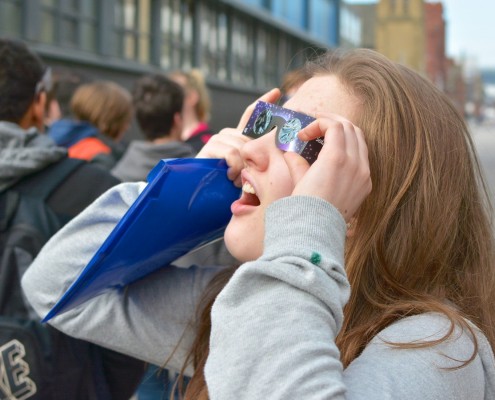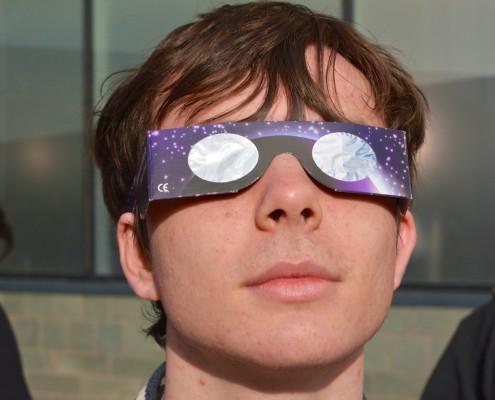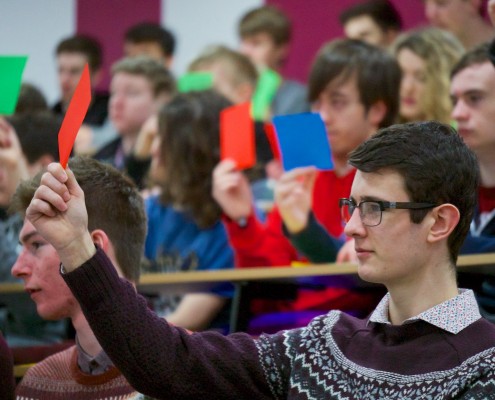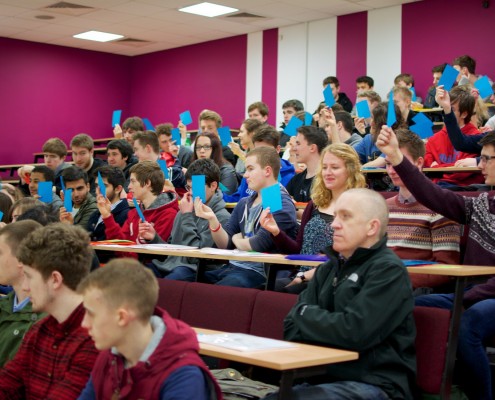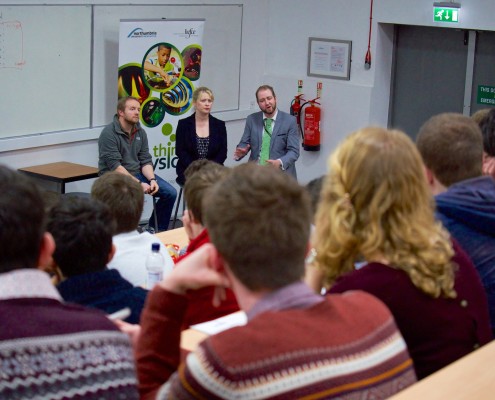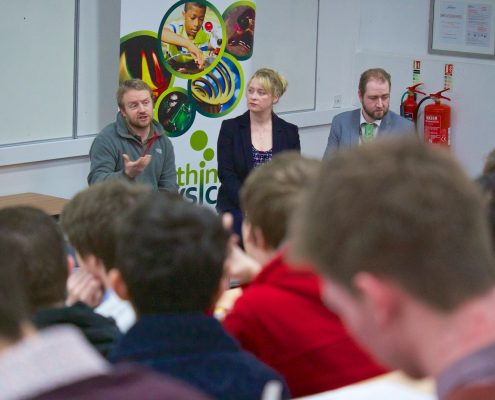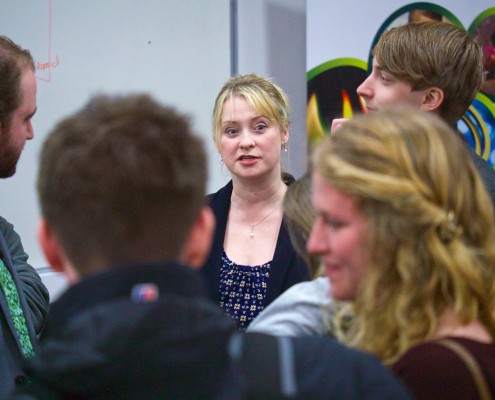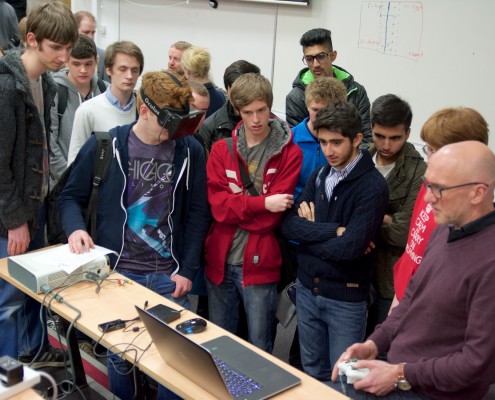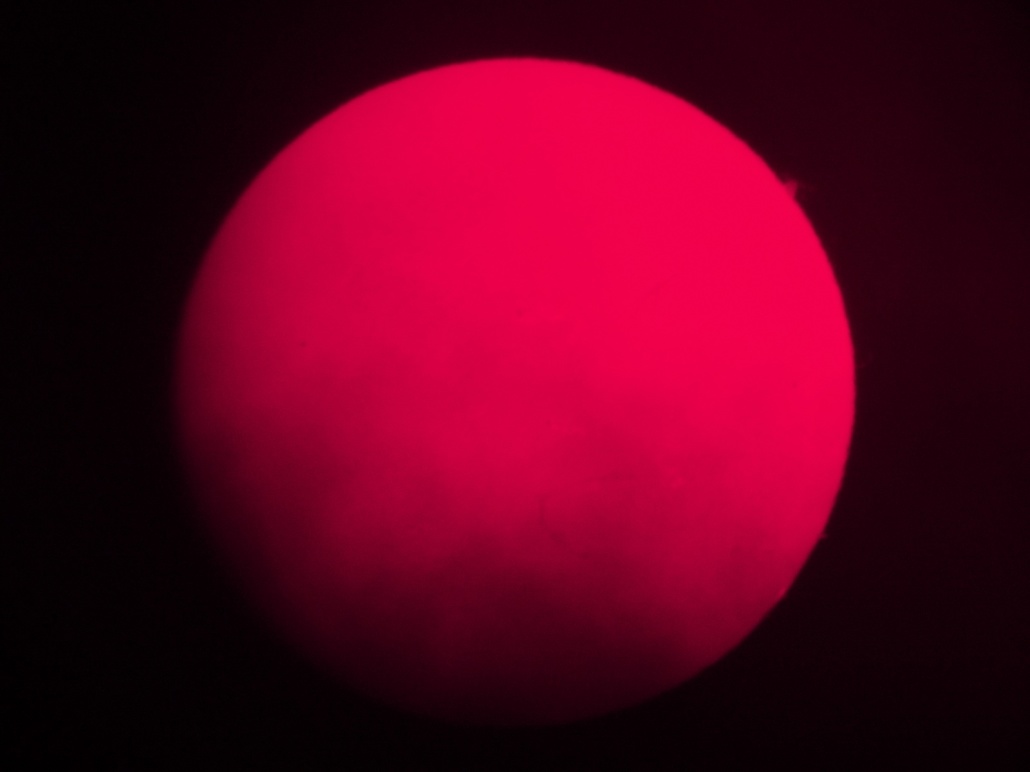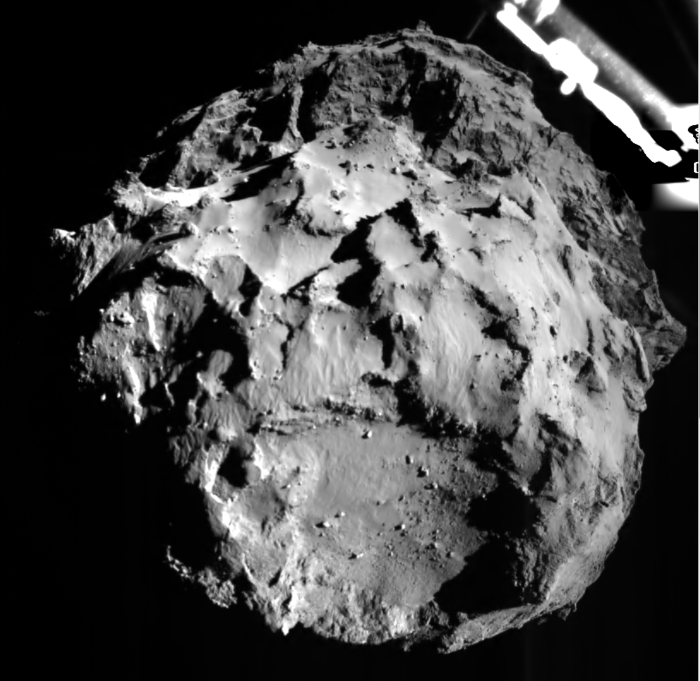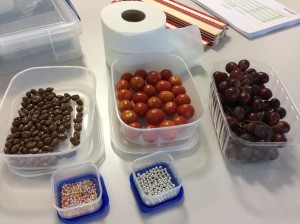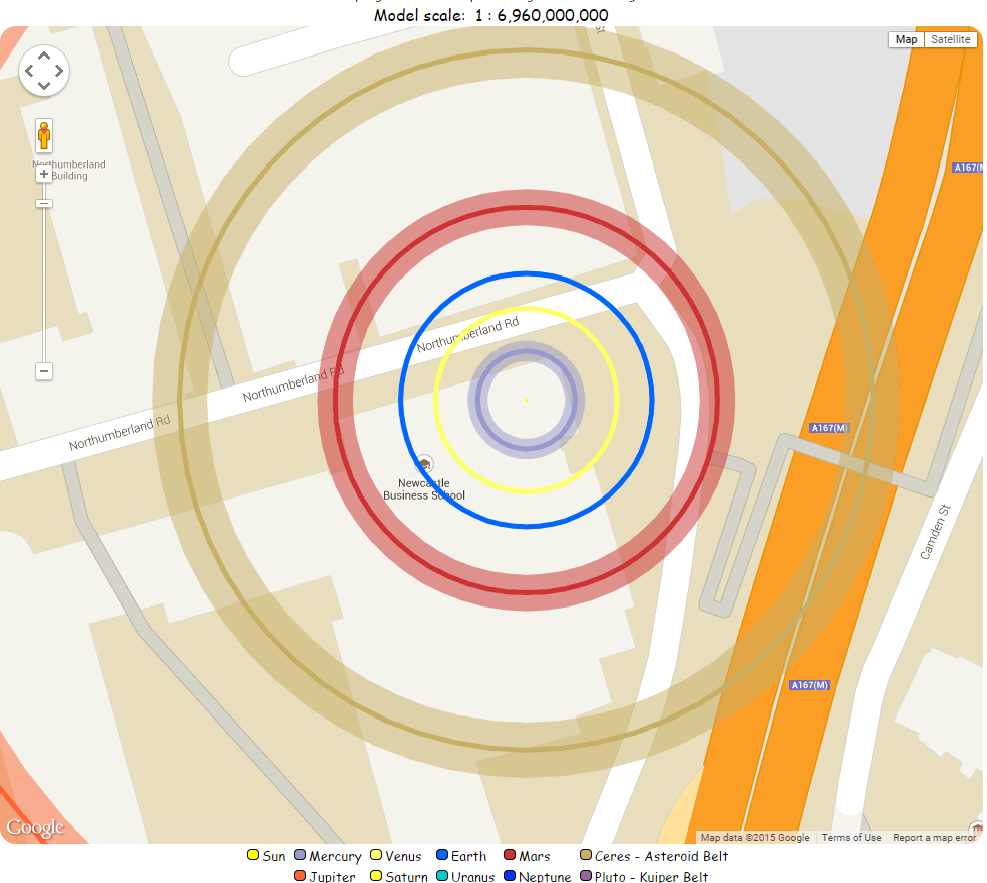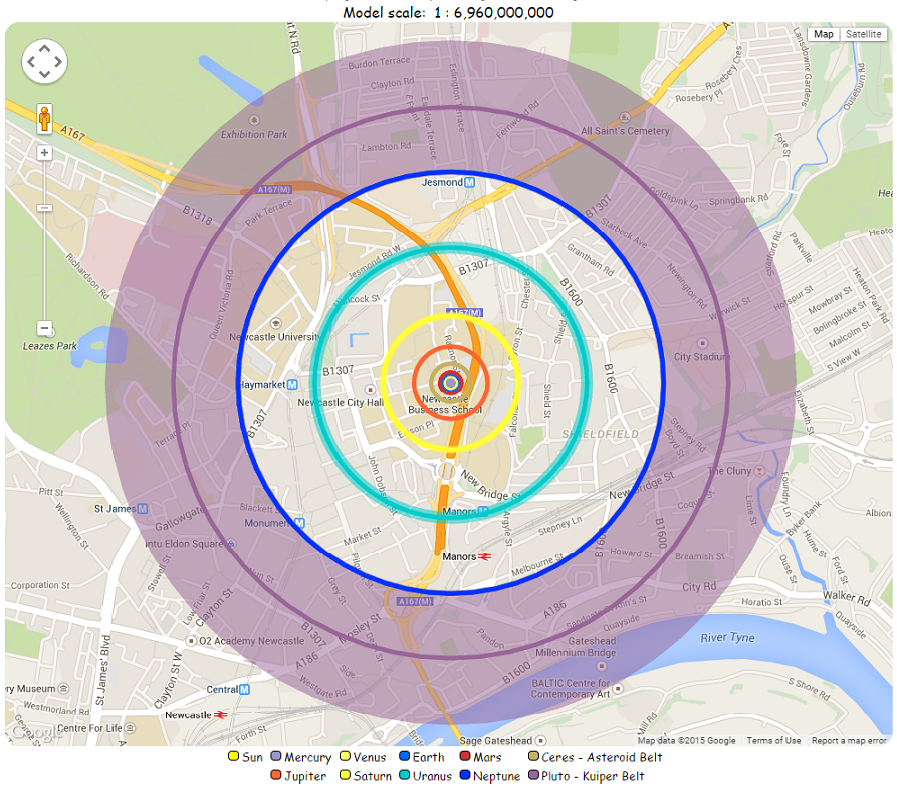#girlswithtoys
Yesterday, National Public Radio in the US published an interview with an astronomer, in which he’s quoted saying:
“Many scientists, I think, secretly are what I call ‘boys with toys’.”
Many other scientists are, of course, not boys at all. But they still have toys, and for the last eleven hours or so Twitter has been awash with fantastic photos of scientists, grouped under #girlswithtoys. There are lots of telescopes:
Me and my telescope #girlswithtoys pic.twitter.com/Yds9iHgeOF
— Karen James ❄️ (@kejames) May 17, 2015
Using this 14” on the roof of the old astro building at Caltech, we found methane storms on Titan. #girlswithtoys pic.twitter.com/qijKddal4z
— Dr./Prof. Sarah Hörst (@PlanetDr) May 16, 2015
With my own-made muon-telescope @sheffielduni #girlswithtoys pic.twitter.com/0n1ROs4w9U
— Dr Marieke Navin (@mariekenavin) May 17, 2015
…there are plenty of other bits of apparatus and equipment:
#GirlsWithToys Me at JPL with the engineering twin of the @MarsCuriosity rover, which I help drive on Mars pic.twitter.com/qgCu17m3sC
— Dawn Sumner (@sumnerd) May 17, 2015
#Geophysics: break your toys, fix your toys. #GirlsWithToys Protip: Always pack electrical tape & a hair dryer. pic.twitter.com/GeBSer9NNz
— Mika McKinnon (@mikamckinnon) May 16, 2015
In mass spec lab now reading the #girlswithtoys stream. This awesome toy is a thermal ionization mass spectrometer! pic.twitter.com/bGF8T7pbz5
— Rita Parai (@HeNeArXe) May 16, 2015
My beloved dual intracellular amp from Friday Harbor Days-Girls are scientists and play with toys too! #Girlswithtoys pic.twitter.com/SDKD8inmqi
— Ms. Allie (@AllieTeachesSci) May 16, 2015
I have no idea what a dual intracellular amp is, but it’s clearly making someone happy.
Then there are the not-really-instruments-just-cool-toys:
And apart from astronomy…me with one of my favorite toys, my @Cessna #girlswithtoys pic.twitter.com/Eo038sestY
— Amber Straughn (@astraughnomer) May 17, 2015
Drop whatever you’re doing and spend a few minutes scrolling through the #girlswithtoys stream (see also the live feed). It’s a glorious depiction of scientists doing what they love, with the tools and instruments of their work.
(top image from this tweet – who doesn’t love a spot of Antarctic heli-fishing?)
Update, 11am: One of the most remarkable photographs is this:
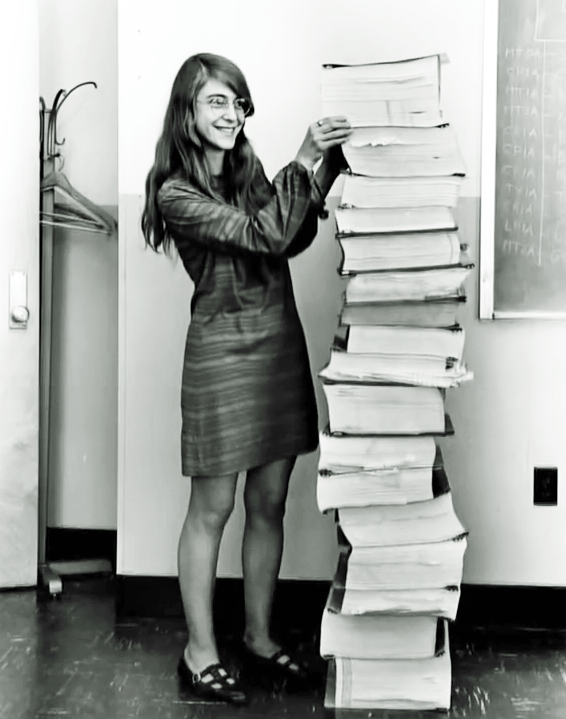
Margaret Hamilton during the Apollo Program (NASA / WikiMedia Commons)
I’d never heard of Margaret Hamilton, which seems outrageous given that she was the lead flight software engineer on the Apollo programme. That is: the code written by her team landed men on the moon. In the final moments before touchdown, the Apollo 11 Lunar Module computer was swamped with excess data and pushed beyond its limits. It’s a fairly standard story in software engineering circles about how the development team anticipated such a situation and had built a system that could tolerate it. Their foresight avoided calamity.
I’ve read the story many times, but I’ve never heard it mentioned that Hamilton led that development group, nor that she coined the very term ‘software engineering.’ Her Wikipedia page is awesome.

 One of the projects Think Physics is partnered with is
One of the projects Think Physics is partnered with is 
